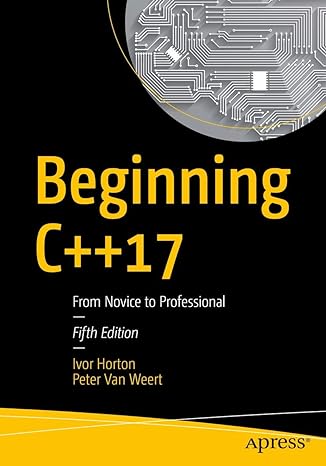They call it artificial intelligence—not on the grounds that the knowledge is by one way or another fake. Its genuine intelligence, however it’s actually made by people. That implies AI—a power apparatus that can include speed, proficiency, knowledge and precision to a specialist’s work—has numerous impediments.
It’s just on a par with the strategies and information it has been given. All alone, it doesn’t have the foggiest idea whether data is missing, how much weight to give contrasting sorts of data or whether the information it draws on is wrong or ruined. It can’t manage vulnerability or arbitrary occasions—except if it figures out how. Depending only on information, as AI models typically do, it doesn’t use the information specialists have amassed over years and physical models supporting physical and substance wonders. It has been difficult to show the PC to sort out and incorporate data from broadly various sources.
Presently scientists at the University of Delaware and the University of Massachusetts-Amherst have distributed subtleties of another way to deal with artificial intelligence that constructs vulnerability, blunder, physical laws, master information and missing information into its counts and leads at last to substantially more reliable models. The new technique gives ensures regularly missing from AI models, indicating how important—or not—the model can be for accomplishing the ideal outcome.
Joshua Lansford, a doctoral understudy in UD’s Department of Chemical and Biomolecular Engineering, and Prof. Dion Vlachos, overseer of UD’s Catalysis Center for Energy Innovation, are co-creators on the paper distributed Oct. 14 in the journal Science Advances. Additionally contributing were Jinchao Feng and Markos Katsoulakis of the Department of Mathematics and Statistics at the University of Massachusetts-Amherst.
The new numerical framework could deliver more noteworthy effectiveness, exactness and development for PC models utilized in numerous fields of examination. Such models give ground-breaking approaches to examine information, study materials and complex communications and change factors in virtual manners rather than in the lab.
Successful, exact models spare time and assets and direct specialists toward more effective strategies, new materials, more prominent accuracy and imaginative methodologies they may not in any case consider.

Master modern programming with Beginning C++17 – your gateway to building powerful, efficient, and future-ready applications!
View on Amazon
The paper portrays how the new numerical structure functions in a synthetic response known as the oxygen decrease response, however it is appropriate to numerous sorts of displaying.





